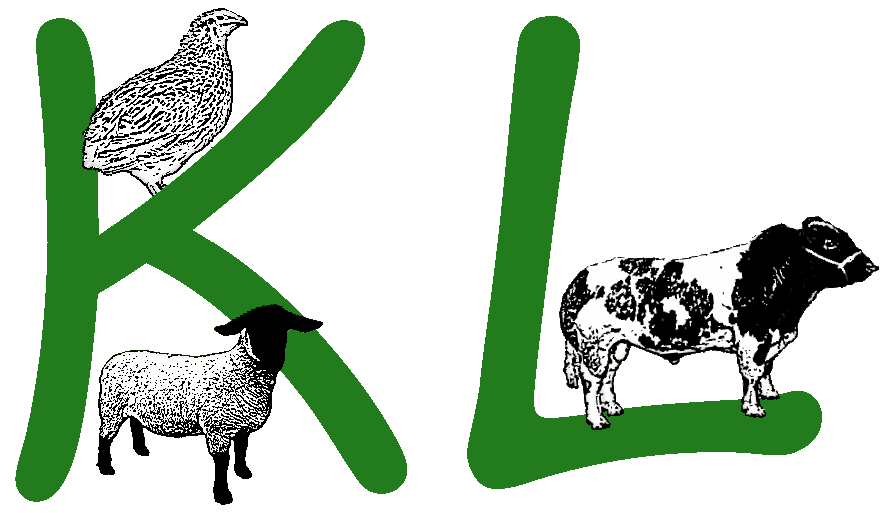Sheep
In order to try to produce some large lambs for the summer shows we had a planned group of just 12 early lambing sheep which lambed over the Christmas period, the lambs were mainly singles, with a few twins. Unfortunately one of the lambs was born with Schmallenberg virus (SBV) and did not survive. This is the midge born virus that swept across Europe and the South-East of England last winter. We are hopeful that SBV will not be a major problem here this year because having had it in 2012 most of our ewes should now be immune. However some farmers who are lambing now in other parts of the country are suffering heavy losses. The rest of our ewes have all been pregnancy scanned and are due to lamb in March, we were very pleased to find that 104 out of 108 ewes are pregnant, with an average of 1.8 lambs per ewe. The four barren ewes have been culled. Apart from the few ewes with young lambs the rest of the sheep are still outside and are fine despite the wet and then cold and snowy weather.
Cattle
The calves that were weaned and housed in October have now been wormed, weighed and have settled into their winter routine. They are being fed malt nuts, fodder beet and straw and are each expected to put on at least 1kg of weight per day. Main calving will begin in mid-February and continue until April.
Embryo Transfer
We carried out an Embryo transfer (ET) flush on Domino, our best British Blue Cow. She yielded 9 embryos, 2 were implanted fresh into 2 non pregnant Simmental cows on the same day. The rest were frozen in liquid Nitrogen for use at a later date. The ET flush coincided with a visit to the farm by a group of GCSE biology students from Hadleigh High School and it was nice that they were able to learn about and observe the process, then see the tiny embryos under a microscope.
Arable
The last of the sugar beet were lifted in the frost. The land that had sugar beet in will be drilled with spring barley in early March however, little of it has been ploughed yet as it was too wet and is now frozen solid, making it impossible to plough. The sugar beet yielded well, at about 80t/hectare adjusted weight.
